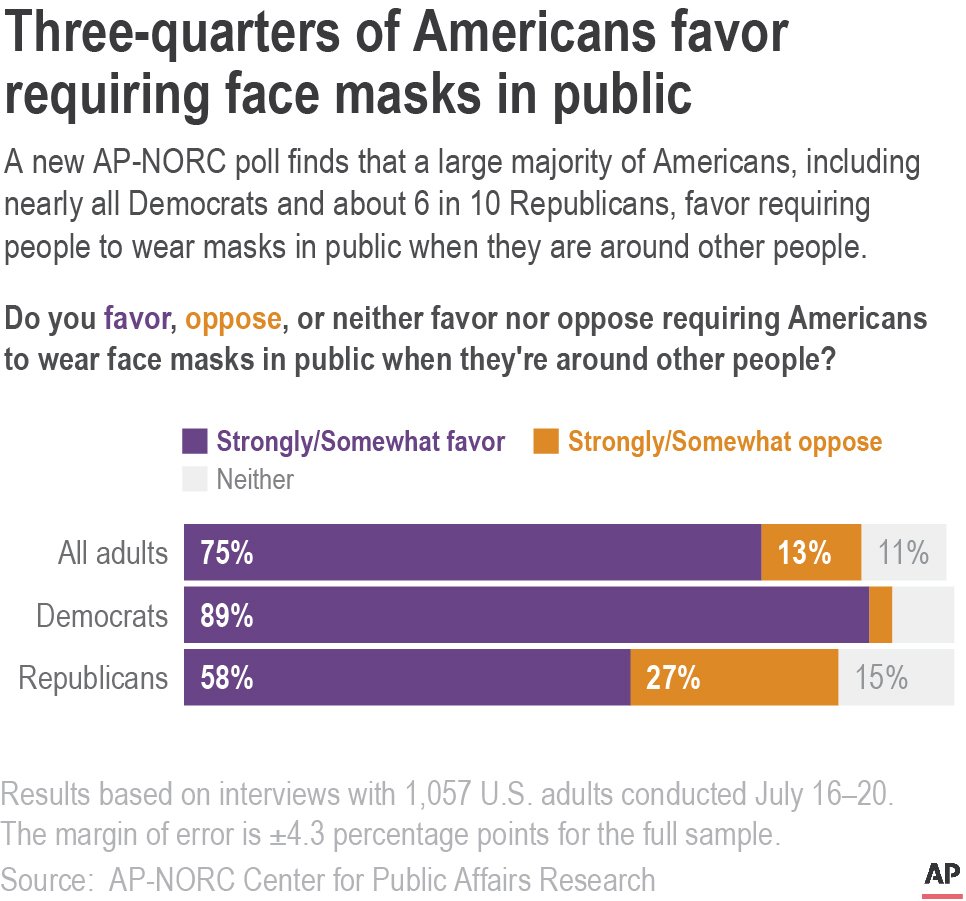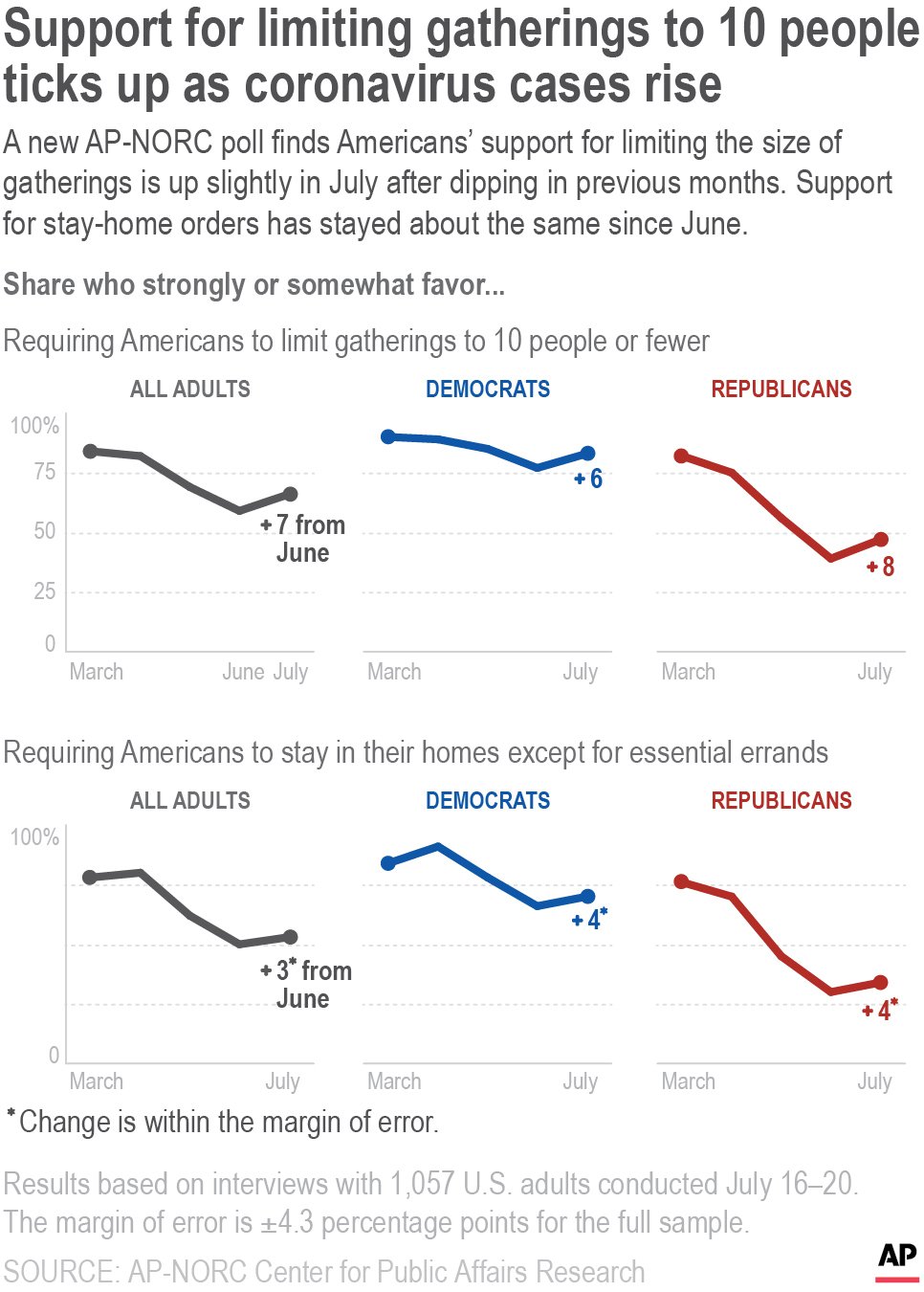By environment reporter Nick Kilvert
Posted Wednesday 15 July 2020

Less than 32 per cent of Antarctica remains free from human interference according to the research.(Getty Images: Robert Harding Productions)
Antarctica is one of the most untouched and remote regions left on the planet, but new research shows that it's not as untouched as we thought it was.
Antarctica is one of the most untouched and remote regions left on the planet, but new research shows that it's not as untouched as we thought it was.
Key points:
Less than a third of Antarctica is 'inviolate' or hasn't been visited by people and current sanctuaries are insufficient to protect the continent
Colonisation by pests is becoming more likely as ice recedes
Waste and landfill are thawing, increasing the risk of contamination
In the study published today in Nature, researchers found that people have accessed more than two-thirds of the continent, and that the proportion of "inviolate" areas, or places not impacted by people is shrinking.
Only a small number of specially protected areas have been sanctioned under the Antarctic Treaty — an international agreement to preserve the scientific, environmental and cultural value of specific sites — and very few of those areas haven't suffered from some form of human impact, according to study co-author Steven Chown of Monash University.
"Antarctica still has a fair bit of wilderness but it's not properly protected," he said.
Professor Chown and colleagues are calling for a significant expansion of Antarctic areas that are kept permanently free of people, in order to ensure that its unique biodiversity is conserved
"Some of the negligibly impacted areas, where there is high biodiversity, are what I think are the first [priorities for conservation]."
Human impact highest in most biodiverse areas
For the first time, researchers analysed more than 2.7 million records of human activity in Antarctica over 200 years to establish a thorough picture of our influence over the region.
While most of the continent is still technically wilderness, much of that is the ice-covered interior that doesn't support much biodiversity.
Most human activity — predominantly research and tourism — happens in the ice-free and coastal regions, said Sharon Robinson of the University of Wollongong, who wasn't involved with the research.
"Wherever there's an ice-free area you get biodiversity," said Professor Robinson, who studies mosses and lichens.
Moss grows in coastal and ice-free environments in Antarctica.(Supplied: Sharon Robinson)
Mosses and lichens, which are sentinels of climate change, can grow on mountain tops that stick up out of 3 - 4 kilometres of ice.
"Those [mountain tops] work like islands. So you get things on those islands that don't exist anywhere else [on Earth]."
There are currently 72 specially protected areas in Antarctica.
"The problem is most of the [protected areas] are near stations, Professor Robinson said.
"They were mostly set up so that science could take place, and so you didn't have people building on things that were being studied," she said.
When people visit an area even once, they run the risk of introducing pathogens — things like microbes and plant spores — which have the potential to permanently alter the ecology of the region.
Melting exposing 'everything from fuel to batteries to dead huskies'
And climate change is compounding the threat of poor environmental protections on several fronts.
Firstly, retreating ice sheets mean more exposed land and greater opportunity for pathogens to colonise.
And warmer temperatures also mean species from more northern latitudes are likely to survive in Antarctica.
Retreating ice is beginning to expose buried landfill in Antarctica.(Australian Antarctic Division: Richard Youd)
But there's another threat that the receding ice is posing as well.
Early stations would bury their waste as landfill, rather than transporting it back to their countries of origin.
That was OK as long as it remained frozen, but some of these landfill sites are in danger of thawing, Professor Robinson said.
"That's one of the big concerns with climate change is when the permafrost melts there's all this buried [waste] from the 1950s," she said.
"Everything from fuel to batteries to dead huskies — that's already starting to melt and there's this concern about what to do to clean those up."
The politics of creating people-free zones
In total there are 29 consultative parties to the Antarctic Treaty.(Photo: Peter Campbell/Australian Antarctic Division)
In order to properly protect Antarctica, the researchers argue that there needs to be very large sanctuaries where human access is completely off limits.
Research could still take place in those areas, but only remotely through technologies such as satellite sensing and drone sampling.
There is strong support among the scientific community to increase the amount of people-free regions across Antarctica, said Tony Press of the University of Tasmania's Institute for Marine and Antarctic Studies.
But, he said, achieving that goal relies upon getting consensus from all the 29 countries who signed the Antarctic Treaty.
"The obstacles are political or geopolitical really. Somebody has to propose and get support for these initiatives," Professor Press said.
The researchers found that over the 200 years of records they looked at, activity has been increasing recently and is not limited to any single country.
While China is currently building new bases, other countries like Belarus and Turkey are increasing their presence and tourism is expanding, according to Professor Chown.
"If you look at the overall number of people and expeditions and stations being built, it's definitely on the rise," Professor Chown said.
"In the pre-COVID tourist year, we're up to about 50,000 visitors a year."
ABC Science on YouTube
Want more science — plus health, environment, tech and more? Subscribe to our channel.
Although creating sanctuaries is a necessary step, all the researchers the ABC spoke to said climate change was the biggest issue affecting Antarctica that must be addressed.
"Unless we actually protect these places they're going to disappear before we know what is there and what those organisms can do," Professor Robinson said.
She said the fact that we were able to all-but ban CFCs to combat ozone depletion shows we can work collectively to tackle climate change.
"I'm stubbornly optimistic because not being optimistic means you just give up. You have to have hope."















































